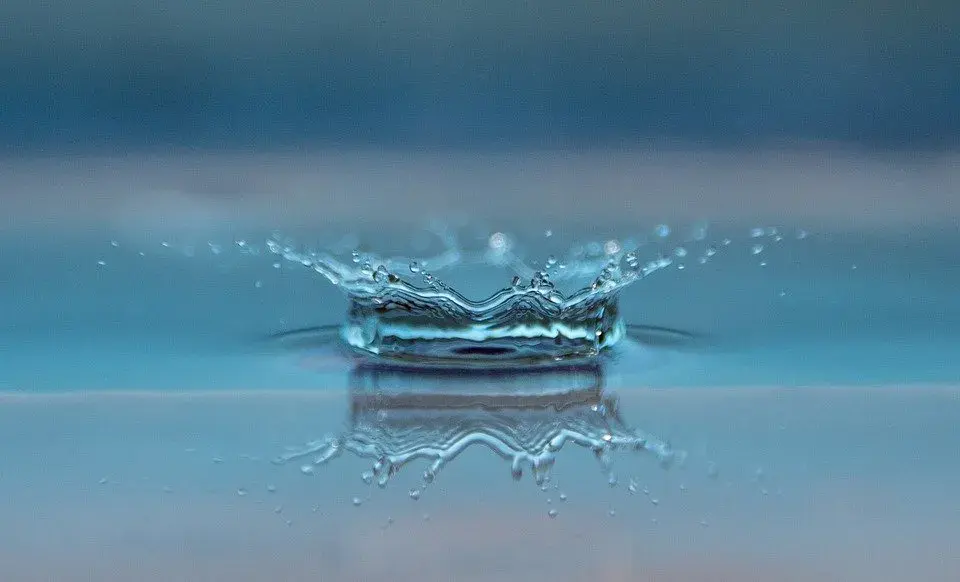Water - an important resource for the environment, life and economy
Water is one of the most important resources. Without the cold wet, neither a social life nor a functioning economy is conceivable. On the contrary: human life itself depends on sufficient access to clean water. In the wake of climate change, the issue of water scarcity is increasingly being discussed in Europe and Germany. Hot summers and lack of rain are increasingly leading to water shortages in Germany as well. Against this background, the Federal Environment Agency has already warned against a dispute over drinking water in summer 2019.
As a system provider for health, safety and protection, CWS addressed the issue of resource conservation in laundries early on. Although most of our sites are located in areas fed by major rivers such as the Danube, Elbe, Rhine and Rhone, and are therefore not currently affected by water poverty or water stress, this may change with climate change. This is why we are making targeted investments in innovative technology and solutions that specifically reduce water consumption in our laundries. This includes new concepts for laundry lines with low water consumption as well as the reuse and treatment of wash water. As a result, a large proportion of the water we use is recycled.
Liquid carbon dioxide instead of water
CWS is currently testing a promising new technology originating from the USA: Washing without water. The new machines use LCO2, liquid carbon dioxide, to clean textiles. To do this, carbon dioxide is pressurised and heated to a temperature of between 12 and 22°. The gas thus becomes liquid and in this form absorbs all dirt particles like a sponge.
Without the pressure and heat, the carbon dioxide becomes a gas again. At the transition from the liquid to the gaseous state, the dirt particles are released again. These can now be disposed of while the carbon dioxide remains in the cycle and continues to be used.
Clean laundry and fresh colours
The advantages of this process are manifold:
- Thanks to LCO2, more environmentally friendly, less aggressive cleaning agents can be used.
- The colours are retained and the textiles last longer. As a result, fewer textiles have to be replaced and the negative environmental impact of textile production is reduced.
- Garments that were previously not washable can be cleaned with LCO2 - for example work shoes and cut-resistant materials.
- The elasticity of the textiles is retained during the cleaning process.
- Due to its hydrophobic nature, LCO2 has a water-repellent effect and can therefore be used to strengthen the protective function of textiles against wetness and moisture.
- As the textiles do not get wet during the cleaning process, drying is no longer necessary. This shortens the care process and saves energy.
This and the other advantages of washing with LCO2 make the process attractive for us. In addition, it is an example of successful recycling for us, as it turns CO2 into the basis of an innovative cleaning technology.
